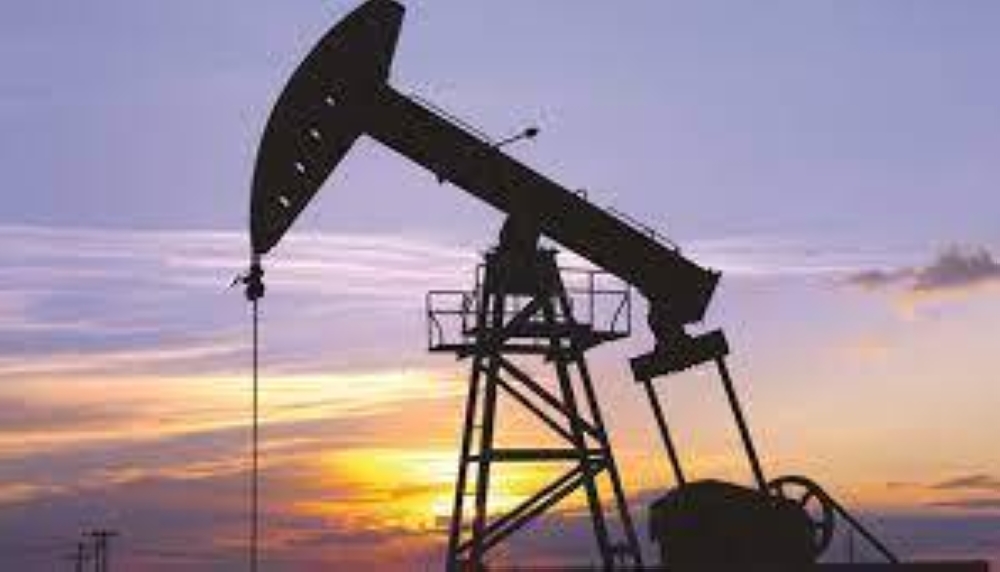The world's oil demand is expected to increase by 2.2mn barrels per day year-on-year in 2023, Opec said in its latest monthly oil market report.
The OECD (Organisation for Economic Co-operation and Development) oil demand is forecast to increase by 0.3mn bpd. This is mostly in OECD Americas, while other OECD regions are not expected to see noticeable growth.
In the non-OECD, oil demand is forecast to increase by 1.9mn bpd with China and India seeing the largest growth.
This forecast assumes the successful containment of Covid-19 and a resumption of pre-pandemic economic growth in China, while India’s oil demand is projected to be supported by continued healthy economic growth.
Non-Opec supply growth in 2022 was estimated at 1.9mn bpd. The main drivers of growth are estimated to have been the US, Canada, Guyana, Russia, China and Brazil.
US shale oil companies continued to focus on shareholder returns, with higher production costs amid supply chain shortages and inflation limiting overall production growth.
In 2023, non-Opec supply is forecast to expand by 1.5mn bpd y-o-y.
US tight oil output and offshore start-ups in Latin America and the North Sea are expected to drive growth. The US is expected to lead the way with a share of about 75% of total growth, followed by Norway, Brazil, Canada, Kazakhstan and Guyana.
Non-Opec upstream sector investment in 2022 was estimated at around $424bn, up around 19% y-o-y. It is forecast at $459bn in 2023, up by 8% y-o-y.
Going forward, several challenges still lie ahead, Opec noted. For example, persistently high inflation may necessitate further monetary tightening measures by major central banks.
Rising interest rates, it said, will be a cause for concern for countries with high sovereign debt levels.
Tight labour markets, amid calls for higher wages, will add pressure, as will continued supply chain issues.
However, a resolution of the geopolitical conflict in Eastern Europe and a relaxation of China’s zero-Covid policy could provide some upside potential.
Global GDP growth for 2023 is forecast at 2.5%.
According to Opec, the global economy continued its recovery path throughout much of 2022, albeit at varying levels among regions, and with a notable slowdown towards the end of the year.
The eurozone saw unexpectedly strong growth in H1,2022 before decelerating in H2, 2022, amid rising inflation that prompted the European Central Bank monetary tightening and concerns about a possible energy crunch in the winter heating season.
The US economy faced challenges in H1,2022, but recovered somewhat in H2, 2022, supported by ongoing healthy consumption levels.
In the non-OECD, China’s strict zero-Covid policy has dampened GDP growth in 2022.
India witnessed strong economic growth in H1,2022, but decelerated slightly in Q3,2022 amid high inflation levels. For 2022, world GDP growth was estimated at 2.8%.


